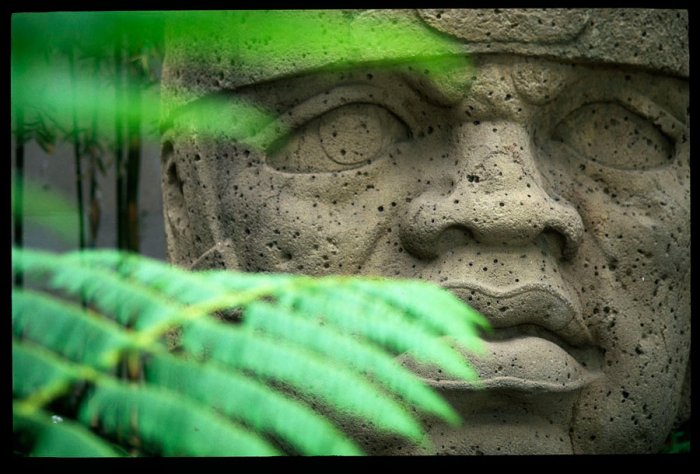Our little group of five were totally fluent in Spanish with the exception of myself. Yet, sometimes it took all five of us, including me, to come up with the correct word in Spanish and English to express a meaning, particularly of everyday objects and practices. We enjoyed ourselves immensely. I'm sure they did enjoy themselves as much as we did, because it was five hours and nobody was in the least obligated to be there for five hours.
It was a miracle that my back was able to do this. Fortunately, having private guides who were enjoying themselves, there were no objections to stopping so we could all sit and rest our feet and other parts, while the guides continued giving us stories, histories, legends and instruction. That was how I managed. But o do I hurt now!
Patricá, el V and I had lunch in a northern African Mediterranean restaurant afterwards. Even el V was dragging his tail hard after this marvelous day. We came back to our neighborhood.
 |
| Calle des Diamantes |
What is the most wonderful about being here is the presence of things, from flower markets, husking corn, people talking with each other, playing board games, card games, so many activities, recreational as well as work, that take place in real space and time -- not as pixels. People have wifi -- many, many public wifi areas (so different from the USA) -- at home, at work, etc. They have smart phones. But they are not consumed by them -- at least so far. They are not living in the internet online-order-and-deliver culture. The sheer pleasure of stores, filled with attractive goods, good that are necessary to a smoothly running household, adequately staffed by interested, professional people -- the street as economic driver and social, political and cultural space!
Our neighborhood is packed with pedestrians and traffic, but this density is meaningless, for most of them neither live there nor work there -- they don't even live in the country. Oddly, here, I revel in the density of pedestrian traffic, because these are the people who live and work there, and it has meaning.
We have at least been able to carve out neighborhood for us long-time residents along with St. Anthony's and some of the long time businesses such as the Bistro, but generally, it's just -- nada. Tourists and those who extract their money and that's that. No culture, so social life, no civil life. I just hate it.
In Xalapa, meaning still seems to exist among the younger generations as well. It goes on every day, all day, late into the night. The amount of night life here, even beyond the cantinas, taco places, restaurants -- high end, low end -- theaters, movies, music -- is tremendous. By the way, bookstores everywhere! People sitting and waiting, like Patricá when we are in a meeting, reads a real book. (I too read a real book while sitting around waiting.)
We saw it in Mexico City, the few hours we had between getting into the hotel and having dinner, and going to bed. In the restaurant where we had our dinner, the young hipsters (it was one of those hipster heaven nabes), we were by far the oldest people there. The other tables were people discussing politics and literature, playing -- monopoly! -- playing cards, playing games that I had no idea what they were, singing and occasionally getting up to dance.
Like people in Xalapa and all over Mexico do, we take taxis all the time. The drivers insert themselves into the conversation as a matter of course. They like to talk. They seem all to speak English, as they seem to have been either born in the USA or lived there for a long time. They all seemed to work more than one job in the US, had their own businesses and so on. But all that entrepreneurial energy, that produced taxes for the public good and paid into our social security has gone back to Mexico, where their contributions and spirit may well transform their country into a global powerhouse, while we, with our mean ugly exclusive spirit goes broke while the obscenely wealthy appropriate whatever is left. Nor is it only Mexicans that the USA is doing this to. We are cutting our own gdded throats.
Tonight, we're supposed to be taken out by one of the people who has brought us to this festival, to visit an old school pulquería - cantina. Popular street culture, el V wants, where he can hear Mexican music. So far -- blues (the international hipster choice), jazz, etc., but no local Mexican music has been heard by him.
Tomorrow is going to be another long day, as we drive to Veracruz, tour the castle fortress and look at various slave ship markets and other historical locations.



No comments:
Post a Comment